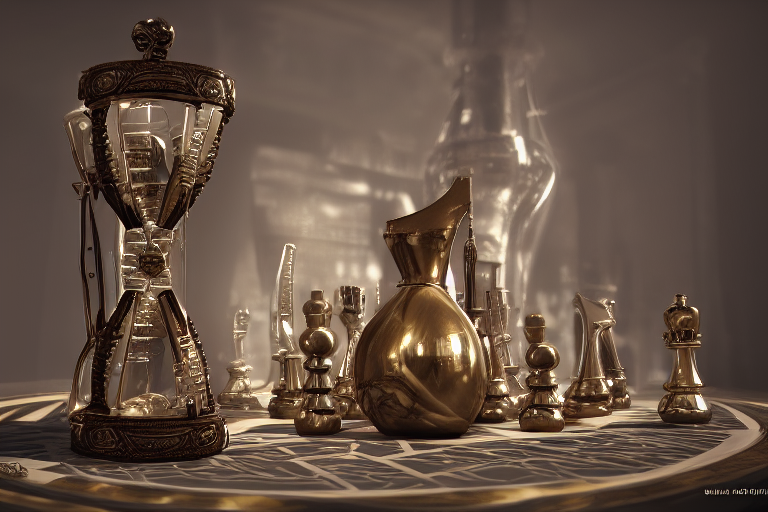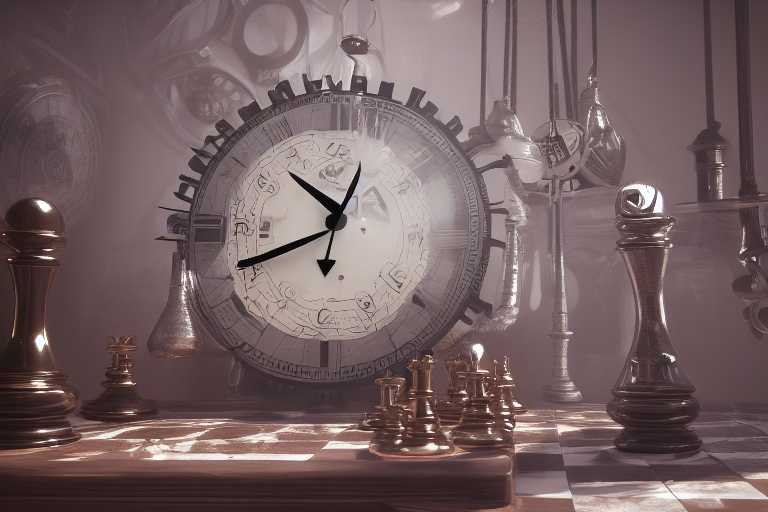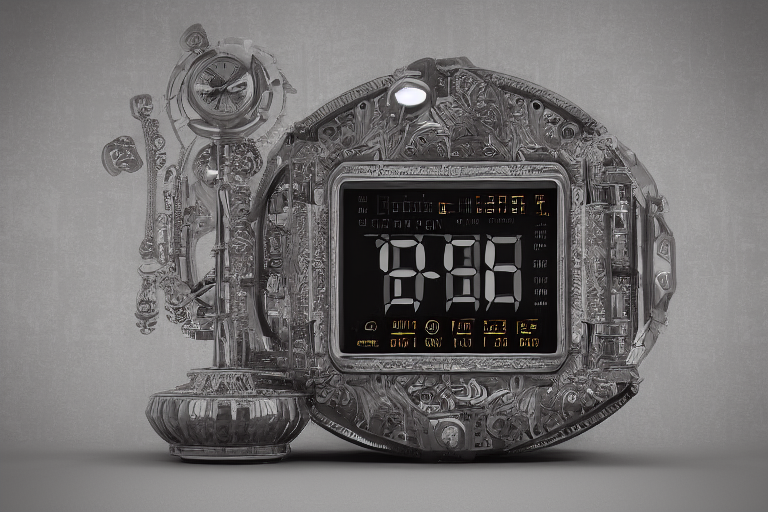Chess is a game of strategy, and one of the key elements that make it such a fascinating game is time. The use of chess clocks has been an integral part of the game for over a century. The history of chess clocks is a fascinating one that spans many years and is rich in tradition.
The early history of chess clocks dates back to the late 19th century. Before the introduction of chess clocks, the time limit for a game of chess was determined by an agreement between the two players. This method was not always effective, as disputes over the amount of time played often arose. On average, official matches used to span between 8 and 9 hours. However, in the year 1843, a match between Howard Staunton and Pierre Saint-Amant took an exceptionally long time and continued for 14 and a half hours.
In 1860, a sand hourglass timer was employed for the first time in a chess match held in London. Although it was a positive initial development, the accuracy of the sand hourglass timer was compromised by fluctuations in temperature and humidity, which affected the flow of sand.

So, in the 1870s, a mechanical chess clock was invented, which marked a significant step forward in the game’s history.
The first mechanical chess clocks were simple devices consisting of two pendulum clocks attached to a single stand. The clocks were synchronized to start simultaneously, and each player had to make their move before their clock’s pendulum stopped. The first mechanical chess clock was invented in 1883 by Maurice Lecornu and his brother, and it quickly gained popularity among chess players.

However, mechanical clocks had their limitations, and in the early 20th century, electronic clocks began to emerge. The first electronic clock was invented in 1951 by the Russian engineer Vladimir Zagorovsky. These clocks used quartz crystals to keep time, and they were far more accurate than their mechanical predecessors. Electronic clocks quickly became the norm in the world of chess, and they remain in use today.
One of the most important developments in the history of chess clocks occurred in 1988 when the FIDE (Fédération Internationale des Échecs) introduced a new time control system. The system involved each player being given a set amount of time to make their moves, and any time they didn’t use was carried over to the next move. This system allowed for more strategic play, as players could bank time for later in the game.

The introduction of the Fischer clock in 1992 marked another significant development in the history of chess clocks. Named after the former world chess champion Bobby Fischer, this clock added a new dimension to the game. The Fischer clock used a time control system that allowed players to add a set amount of time to their remaining time after each move, instead of having unused time carry over. This system was designed to prevent players from playing for a draw by using up all their time without making a move.
In conclusion, the history of chess clocks is a long and fascinating one. From the early mechanical clocks of the late 19th century to the sophisticated electronic clocks of today, chess clocks have played a vital role in the game of chess. They have allowed for fair and accurate timekeeping and have made the game more challenging and exciting. As chess continues to evolve, we can only speculate what new developments in the world of chess clocks the future holds.
